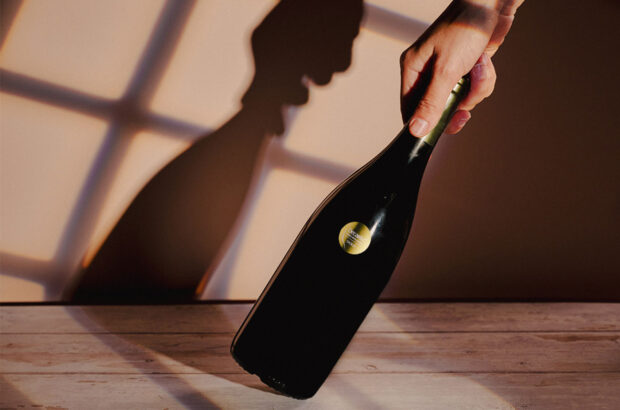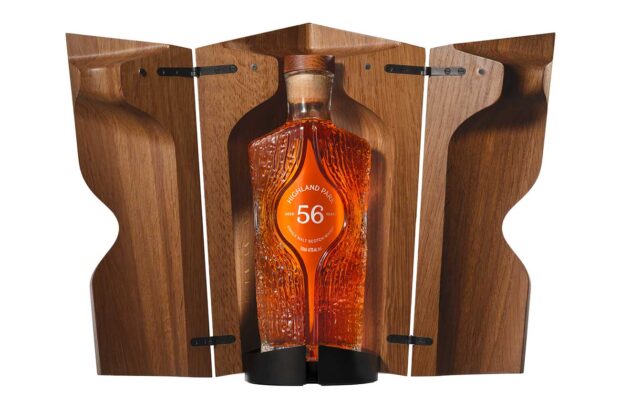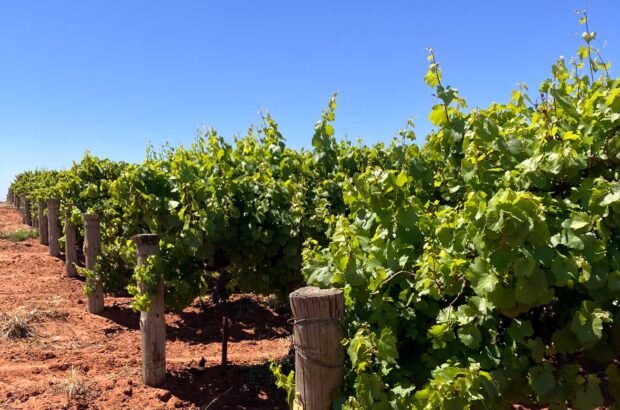Decanter’s Bordeaux correspondent, Jane Anson, followed the five estates for a year, enjoying privileged access to compile the first ever book on their history and modus operandi. Here, she gives a unique insight into the ties that bind these legendary châteaux.
Bordeaux Legends: The 1855 First Growth Wines
Gentlemen’s agreements between the famous five (an edited excerpt from Liquid Legends: The 1855 First Growths of Bordeaux)
Today, all five châteaux are reaping the benefits of stable ownership by some of the most powerful figures in the wine world. But the relationship between them has inevitably changed from the days when marriages and politics bound them closely together.
Until the late 19th century, things were unashamedly collaborative. An 1820 letter from Pierre Lamothe at Château Latour, written to the winemaker at Lafite, says, ‘Today I have begun harvesting at Latour, my dear Eymeric, and as I am not possessed of an innate knowledge, I appeal to your experience for guidance in a chemical operation you have witnessed and that your good judgment has surely grasped in all its detail. Accordingly, I write to ask for a little instruction regarding a test that I would like to make to strengthen the wine, considered rarely firm enough by our buyers. These are the details…’
Even Mouton and Lafite were happy to swap plots of vines without payment in 1927, not long after Baron Philippe had taken over. The transaction was signed on 4 July 1927, by a notaire in Paris, François Burthe, and details how Baron Robert de Rothschild at Lafite was exchanging five rows of vines referred to as Les Massères, in the commune of Pauillac, representing four ares and three centiares (about 0.2 hectares). In exchange, Baron Henri de Rothschild at Mouton (Philippe’s father, who was still officially owner at the time, although the deal would have been instigated by his son) offered seven rows of vines in the area known as Les Pommeries, also in Pauillac, and covering four ares, 41 centiares. Lafite was 38 centiares up on the deal, but it was Mouton that had asked for the exchange.
This was not the first time they had undertaken a joint project. In the 1880s, Alphonse, Gustave and Edmond de Rothschild at Lafite and James Edouard de Rothschild at Mouton built a primary school in Mousset to teach – free of charge – the children of their staff and those of local villagers. The editor of the 1886 Cocks et Feret vineyard guide writes, ‘We cannot speak of the estate without mentioning the intelligence and generosity of this act’. The school still stands today, has 164 students and is overseen by the Académie de Bordeaux.
Most of the directors admit that until the 1970s, cosy lunches discussing pricing of the most recent vintage were far from unusual – something that would have observers today rushing to the European fair trade association. In the past 30 years, they have managed just a handful of joint tastings – one in London in November 2010, at the Decanter Fine Wine Encounter, and two in New York, one in the 1980s, the other in 2011.
The château-bottling revolution
Historically, the best-known example of the five estates working together – and an essential step in Mouton- Rothschild becoming identified as a first Growth – happened just after Baron Philippe de Rothschild became the director of Mouton, aged 20, in October 1922.
Determined to raise the status of his wine to what it had been in former years, he took control of the bottling, pointing out in his autobiography, Milady Vine, that wines intended for the chateau’s consumption were matured for three years in the cellars at Mouton. ‘Why then… were we shipping the wines we were selling to Bordeaux at the most critical moment of their lives? Anything might become of them in the wine merchant’s sheds. Three years’ maturation in a strange environment, the very time when we should be responsible for nursing the precious juice? It wasn’t good enough.’ Before putting his plan into action, he ‘had to put it right with the neighbours: Haut-Brion, Margaux, Latour and Lafite’.
Although Baron Philippe was displaying his innate talent for self-promotion, Mouton was not the first to do
this. It had long been standard to put a part of the wine in bottles at the estate, and you see bottle purchases regularly in the Lawton ledgers from the early 1800s (although most often re-sales from négociants).
Even earlier than this, discussions had begun. Haut-Brion has a letter written from Count Joseph de Fumel to Mr Servat, a representative of the city of Bordeaux living in Paris. In the letter, dated 27 December
1783, Fumel writes of selling his wine for 55 ‘sols’ (copper coins) per bottle to Monsieur l’Abbe d’Hargicourt,
‘including glass, wooden case, cork, wax and the right to sell’. He also talks of selling consignments of 250 bottles and discusses Paris merchants who don’t know how to leave the wine to settle before opening the bottles. ‘Often, they spoil them, a fact of great annoyance to the château owner.’
Early attempts
Continuing Fumel’s early interest, a label at Haut-Brion dating from 1850 clearly mentions estate-bottling. And in 1890 Lafite caused a minor uproar by bottling at the estate and sending it directly to Ehrmann Brothers wine merchants in London. There is correspondence in Lafite’s archives concerning full estate bottling for the 1906 harvest, when manager Louis Mortier, on behalf of the Barons de Rothschild, has written to a Bordeaux merchant, Rosenheim et Fils, requesting that at least 50% of its wine be bottled on the estate each year and 100% in the best years. He requests that the merchant pays an extra €150 per tonneau for the wines bottled at château (even though the merchants would be carrying out the bottling) and wants to agree to that price for at least half of the harvest each year.
Lafite experimented with bottling after its reputation suffered in the early 1900s thanks to unscrupulous merchants, particularly in Russia, who put any red wine into bottles and sold it under the Lafite name. For a few years, Lafite became almost a word for generic red wine in Russia, and its price suffered as a result. But the power of the merchants in the 1910s – together with issues over wine spoilage that had damaged some of their estatebottled wine in the 1890s – persuaded Lafite to forgo the initiative and may explain the reluctance of Baron Edouard to agree to Baron Philippe’s suggestion in the 1920s. Eventually, however, all five estates got behind the idea. To cement the matter, Baron Philippe organised a dinner on neutral ground, at Bordeaux restaurant Le Chapon Fin. The table was booked in the name of ‘The Five’.
Bordeaux Legends: The 1855 First Growth Wines, by Jane Anson, is published on 18 October 2012 by Editions de La Martiniere in Paris, and by Abrams in New York in Spring 2013.
To get a free copy of Jane Anson’s book, Bordeaux Legends: The 1855 First Growth Wines, subscribe to Decanter here.







